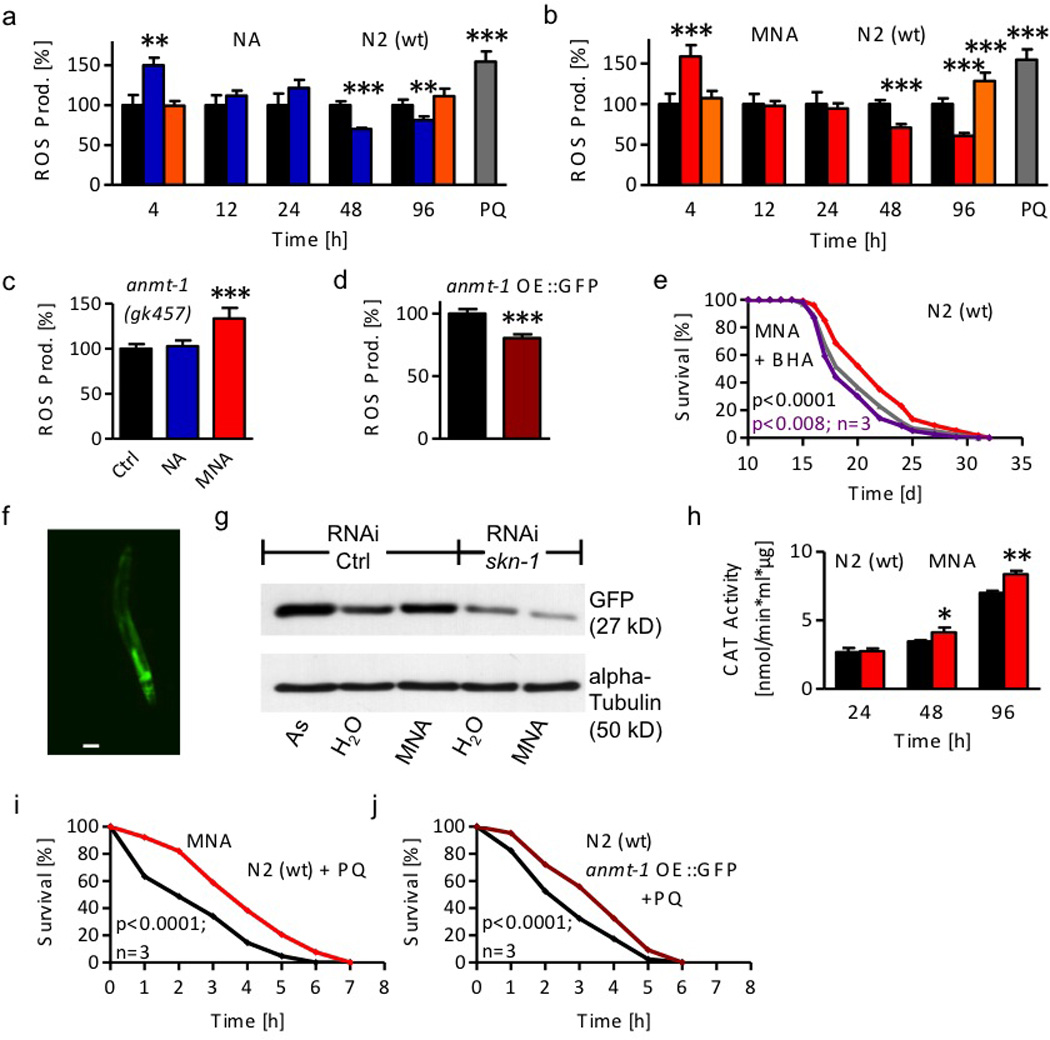Figure 5. 1-Methylnicotinamide (MNA) induces a transient ROS signal which is crucial for C. elegans lifespan extension.

a ROS levels following 1 mM nicotinic acid (NA; blue bars) exposure and co-treatment with gad-3 RNAi (orange bars) compared with untreated wild-type (wt) nematodes (black bars) at different time points. 1 hr paraquat treatment (PQ, grey bar) acts as positive control. b ROS levels following 1 µM MNA (red bars) exposure at different time points. c ROS levels following 4 hr NA and MNA exposure of anmt-1(gk457) nematodes. d Constitutive ROS levels of wt and anmt-1 OE::GFP nematodes (dark red). e Lifespan analyses of wt nematodes exposed to MNA in the presence (purple) or absence of the antioxidant BHA (red) compared with BHA-treated worms (grey). f Fluorescent microphotograph (enlargement 10-fold) of gst-4::GFP nematodes after 48hr MNA treatment. Scale bar, 100 µm. g Western blot against GFP resembling GST-4 promoter activation in gst-4::GFP nematodes in the presence or absence of skn-1 RNAi after 48 hr MNA treatment compared with untreated nematodes. 48 hr arsenite (As) treatment acts as positive control. h Activity of catalase (CAT) in wt nematodes exposed to 1 µM MNA (red bars). Data represent mean values with standard deviation of at least 2 independent experiments. i Survival of wt nematodes in liquid medium containing 50 mM paraquat after 7 days MNA exposure in comparison with untreated nematodes. j Survival of anmt-1 OE::GFP nematodes in comparison with wt nematodes. Data were expressed as mean values of 2 independent experiments and 50 examined nematodes/condition each.
